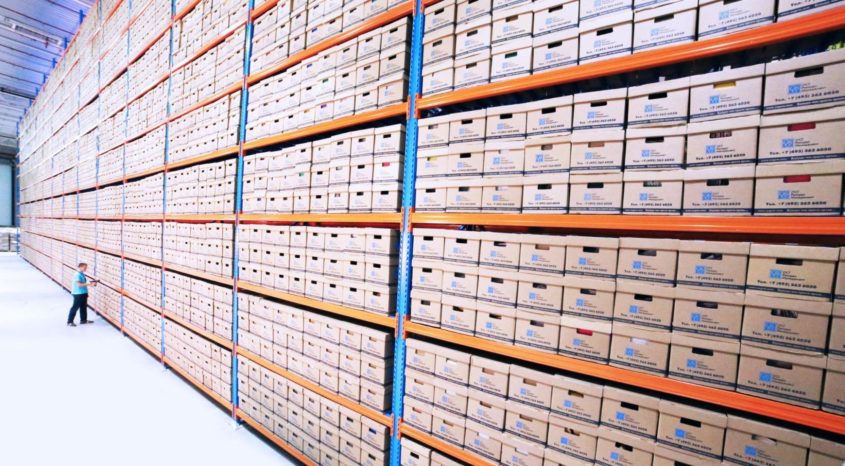You’ve probably heard the term “operational efficiency” floating around on business or marketing blogs, including the Brightpearl blog. But does it really mean anything to your company? Of course it does!
To put it simply, operational efficiency is a comparison between your company’s input and output. Input relates to the cost, staff members, time, and work it takes to create your output, or the product you are trying to sell. Ideally, you want to produce the maximum output with minimal input.
Operational efficiency isn’t something to ignore. If you can achieve operational efficiency, you’ll boost your bottom line while implementing better marketing strategies, utilizing the best available talent, and offering the best possible customer experience. To achieve this, you can start by building lean processes into all of your workflows – that’s the practice of creating more value for customers with fewer resources.
Building Lean Processes
According to the Lean Enterprise Institute, “A lean organization understands customer value and focuses its key processes to continuously increase it. The ultimate goal is to provide perfect value to the customer through a perfect value creation process that has zero waste.”
Developing a process that has zero waste might sound intimidating, but it’s possible to increase your operational efficiency by making a few changes. Here are some things to consider:
1. Streamline your scheduling process
Nothing can derail your customer service strategy like a gap in staff scheduling. Make it easier on your managers by using scheduling software that can help you see who is available, avoid scheduling conflicts, and create templates to reuse in the future. Plus, scheduling software may allow employees to log in and pick up, switch, or drop shifts as necessary. Moving your schedule to the cloud will empower managers and employees to put the right people in the right shifts at the right time – and that can only improve your customer service.
2. Automate marketing processes
It’s time to get your marketing campaigns up and running. It’s too easy to launch a campaign with good intentions, only to let things slide when it comes to actually getting in touch with customers and prospects. Customer relationship management software could be the key here – it will give you insight into who your customers are, what type of interactions you’ve had with them, and what kind of messaging they need to receive. Based on this data you can automate segmentation, email campaigns, and more. This can boost sales and cut down on the staff it takes to churn out a good campaign.
3. Take the guesswork out of warehouse management
Organizing and managing a warehouse is one of the most critical steps in achieving operational efficiency. You want your warehouse to be organized and efficient so that you are only carrying necessary inventory, fulfilling orders is fast and easy, and your inventory is integrated with your entire business. When you allow customer behavior to dictate which products you carry, how you organize your stock, and how you track inventory, you can be sure that you are able to give your customers exactly what they want as quickly as possible.
4. Use data when you make decisions
Who are your customers and what do they want? If you are tracking data from your marketing campaigns and sales processes, you should know exactly what kind of people buy from you and what products they are looking for. This can inform the decisions you make about inventory, sales, pricing, and more. When you use data to make big business decisions, you’ll have a better chance at achieving operational efficiency.
Whether you need to whip your warehouse into shape, gather customer data to help you improve your inventory, or automate your next big marketing campaign, the right software can help you incorporate some lean processes into your business model. Many teams employ project management software to build and manage their lean processes. These tools help teams track time, budgets, and analyze efficiencies across an organization.
Often, the right tools are the key to achieving operational efficiency – and that adds up to better customer service, marketing messaging that works, and larger profit margins for you.




